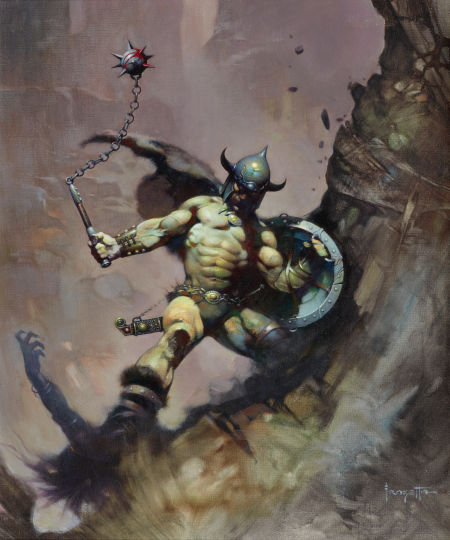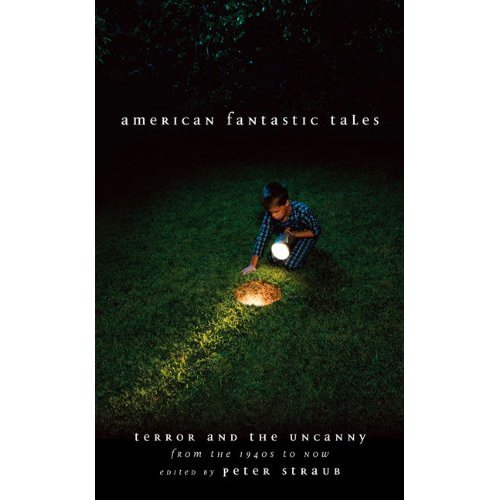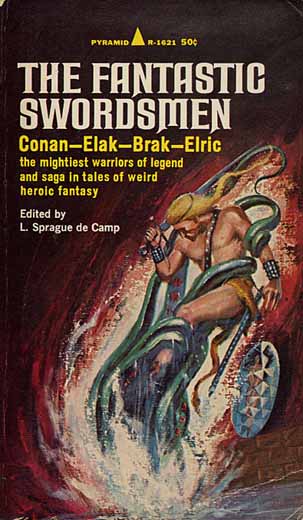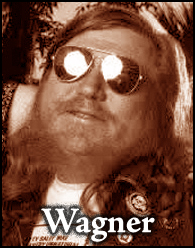
I would suppose that everyone who is interested in the new “Star Trek” movie has seen it by now, so I won’t worry about spoilers. A long time ago, Fritz Leiber wrote a story — “Try and Change the Past” (Amazing Science Fiction, March 1958) — postulating that the space-time continuum resists change. If a time traveler alters the past, the future may be slightly changed, but soon the future finds its way to the former norm. “Star Trek” reminds me very much of this story; while the intrusion of a Romulan from the future changes the history of the galaxy in some major ways, by the end of the movie most of the crew of the Enterprise have found their way to the positions and characters that we know from ST:TOS.
First of these history alterations is the destruction of a starship commanded by James Kirk’s father. We see the fatherless Kirk grow up as a juvenile delinquent; him stealing and wrecking his step-father’s classic car is our introduction to the character. Next he is seen hanging out in a bar, hitting on the lovely cadet Uhura and getting in a fight. There is a James Dean rebel quality in Kirk 2.0, or to quote from Ted Anthony’s perceptive AP review:
[Chris] Pine’s Kirk is Shatner’s on Red Bull and vodka — rebellious and sarcastic, vaguely felonious, tragically hip, soaked in irony and maybe a bit ADD. He leaps, then — maybe — looks.
I found the scene where Kirk overcomes the Kobayashi Maru no-win scenario particularly highlights this aspect, as Kirk doesn’t even pretend not to be cheating. And somehow I suspect, egalitarian future and all, that if this Kirk had been raised by his father he would, like the 60’s Kirk, prefer blondes.
Ted Anthony paints Kirk as an iconic American character, born of the New Frontier but true heir of the old one, having a dual nature, exuberant and impetuous, yet serious and intelligent; “hawk and dove, humble and arrogant, futurist and traditionalist — and in the most American duality of all, childlike and completely adult.”
That last duality brings Breckinridge Elkins to mind, somehow.
Frontier scholar Richard Slotkin weighs in comparing Kirk with the persona George Bush tried to mould for himself, the “compassionate conservative” — but notes Kirk’s “right-wing style” is actually controlled by his “ingrained progressivism.”
Chris Pine and Zachary Quinto (Spock) are well-cast as the young leads, which really helps. Add in a strong story which, from the get-go, allows the writers freedom to stray from the massive weight of Star Trek lore, a powerful villian played with dire scowls by Eric Bana, great effects and plenty of action and you have a film that should captivate old fans and new alike.









